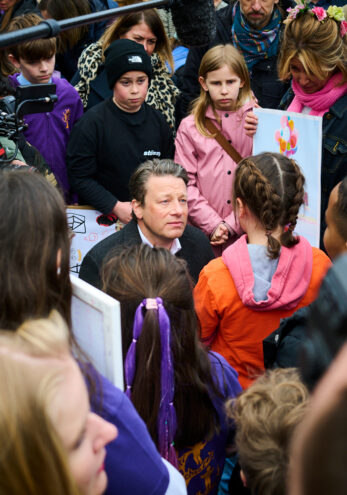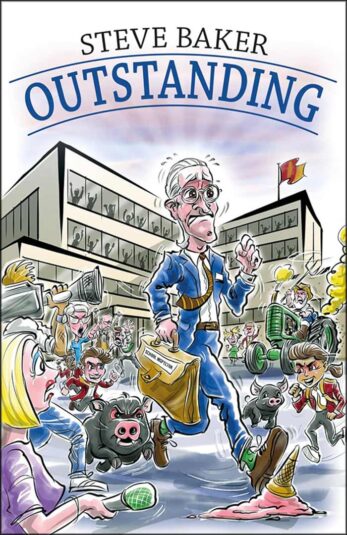Publisher
W. W. Norton & Co
ISBN 10
When educators discuss the management of behaviour in schools, they often seem to fall into one of two camps: those who favour a restorative approach and those who believe that a strict sanction-based system is the only solution. As a senior leader in a school that is currently redefining its behaviour system, and by extension, its school culture, I was intrigued to be asked to review this book and hoped that it would offer a fresh perspective.
Bergin, a research professor at the University of Missouri, defines “prosocial” as an antonym to “antisocial”, as any behaviour that “supports the functioning of society” and that “benefits others or promotes harmonious relationships”. In part one, she outlines a range of prosocial behaviours and discusses how these develop throughout a typical childhood and adolescence. She also discusses a wide range of evidence showing that prosocial students achieve better in school and are more popular with peers. Part two delves deeper into various aspects of a prosocial classroom, exploring the teaching of empathy and values, how to model and reinforce prosocial habits, how to establish positive teacher-student relationships, and how to create emotionally upbeat classrooms.
She makes a compelling case for introducing the prosocial approach within schools and other educational contexts. Although the strategies she describes are ones that I have always instinctively used as a teacher and parent, it was interesting to find them formulated into a distinct approach, and to read about the extensive research base for their efficacy.
Her detailed explanations of the “principles of effective discipline” are accompanied by brief case studies that mirror typical classroom interactions; this enables readers to appreciate how the prosocial approach can be applied within their own school.
I would have reservations about following all of her recommendations
Although Bergin’s views chime closely with my own, I would have reservations about following all of her recommendations within a school like my own. One strategy that concerns me is “persistent persuasion”, which she describes as setting up a structure for negotiation between a student and his or her teacher.
Although I use this tactic successfully with my own children, 20 years of classroom experience tell me that while negotiation with students can indeed transform relationships for the better, it can also create a “lottery” culture in which centralised rules are interpreted differently by individual teachers. The end result can be a sense of injustice among the 95 per cent of students who do the right thing, day-in-day-out, and whose learning time can be compromised as the other 5 per cent try to bargain their way out of a sanction (eg, I’ll go to Mr X’s exit room but not Mr Y’s. I’ll do as Miss A says but I’m not doing it for Miss B).
In my experience, facilitating negotiation over the rules can be unsettling for students and teacher, and can encourage students to pick and choose their actions according to what individual teachers find acceptable. Most importantly, such a system does not prepare students for their future lives within a society governed by the rule of law.
All things considered, I enjoyed reading this book and would recommend it to anyone who wants to work on developing their own prosocial skill-set. As a text for parents, carers and those who work in small group and therapeutic contexts, it contains numerous evidence-based strategies that will certainly help to forge trusting relationships with young people.
Although these strategies are also highly applicable to teachers, I do feel that, to be effective, the prosocial approach needs to work hand-in-hand with a clear and consistent whole-school discipline system.
I now feel a greater sense of clarity over my own school’s future direction in terms of behaviour: training teachers in how to create more prosocial classrooms is important, but does not negate the need for a rule-based system that provides clarity, consistency and parity for all students and their teachers.













Your thoughts